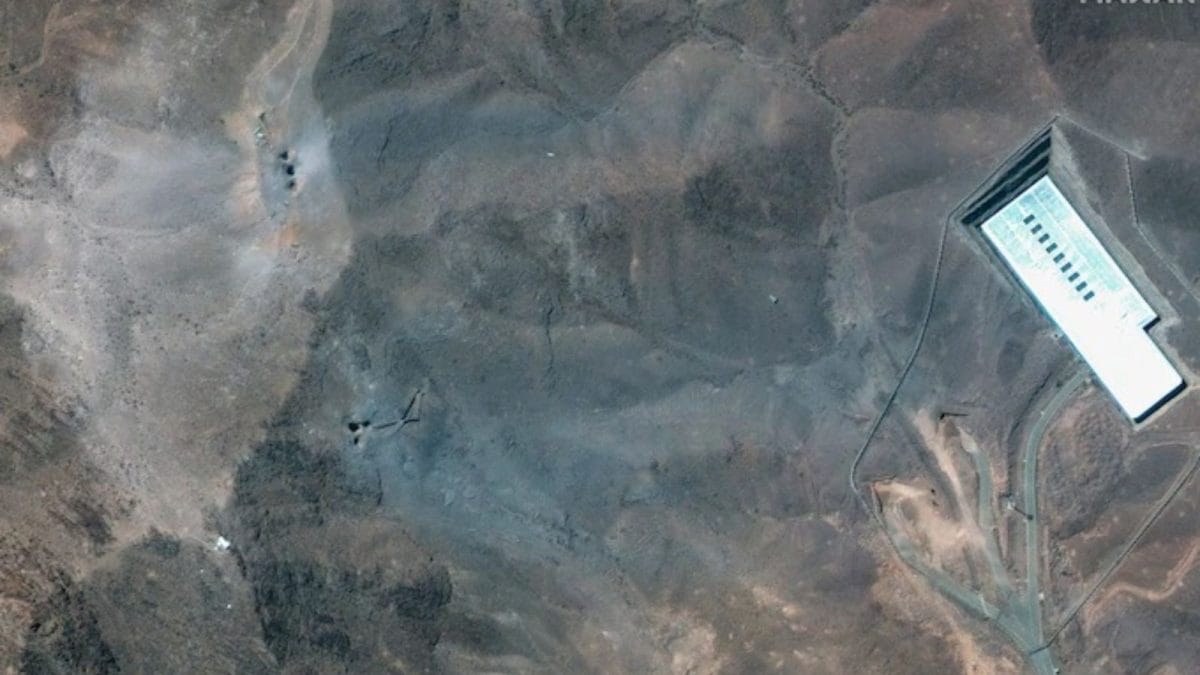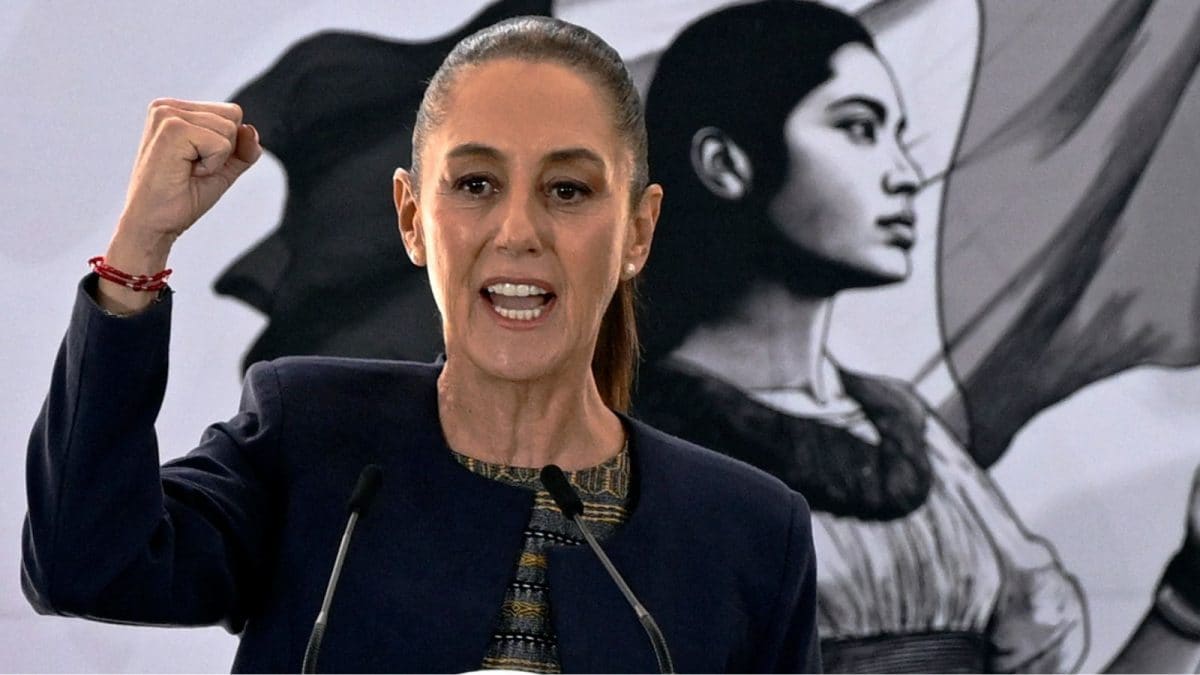ARTICLE AD BOX
When I look at the Indus basin, I am often reminded of what William Shakespeare wrote in The Tempest, “What’s past is prologue.” The context in which the Indus Waters Treaty (IWT) was signed effectively set the stage for what is happening in the present.
The Indus Waters Treaty is not a simple water-sharing agreement, like, for example, the Ganga Treaty of 1996 between India and Bangladesh. It is the partitioning of the Indus river system itself. After the Partition in 1947, a new geography was created, where the newly-formed nation of Pakistan found itself in the lower riparian region of most rivers that irrigated it. For Pakistan, the question of Indus waters was existential. The treaty was signed in 1960 by then Prime Minister Jawaharlal Nehru, Pakistan’s Field Marshal Ayub Khan and World Bank vice- president William Iliff. In India, the leadership of Nehru was very important to get the treaty through. In Pakistan, Ayub Khan dominated proceedings. Many believe that had Khan not been there and Pakistan had a civilian government, the treaty would have been held up endlessly.
In the 1950s, the Americans became interested in South Asia because they could see the potential instability in the subcontinent between these two nations, including over water. They wanted to bring in stability but also a certain degree of American influence because they were clearly sensing that India and Nehru were moving towards the then Soviet Union. And, therefore, you had the World Bank coming in.
On the role of the World Bank
Initially, there was great resentment in India about the World Bank coming in and supposedly dictating terms. Pakistan, on the other hand, welcomed — it still welcomes — third party involvement. The World Bank’s role became almost inevitable because the basin required infrastructure. It required building canals and link canals, all of which needed funds. So the World Bank gradually became an inevitable force.
Pakistan wanted the water treaty linked to Kashmir but Nehru was quite clear that the World Bank would not get involved in the Kashmir issue. Ultimately, using the expertise and financial strength of the Bank, a mutually acceptable treaty was pushed through.
On whether the treaty benefitted either country
Something that is often repeated in the context of the treaty is that Pakistan got 80 per cent of the water while India got only 20 per cent. It was actually Ayub Khan who first started this to claim credit for himself. But it is not the right way of looking at the treaty. The treaty was negotiated by engineers. There were civil engineers from Punjab and Bikaner in particular, who looked at the basin and thought the best way to deal with it was to apportion it between western and eastern rivers.
The western rivers (Indus, Jhelum and Chenab), which went to Pakistan, have more volume of water than the eastern rivers (Sutlej, Beas and Ravi). But it was not so much the volume that determined India’s negotiating position. It was the control of the eastern rivers that mattered more. The reason was quite simple. India had to irrigate fields in Punjab. A 15-million acre field needed to be irrigated. India had set about building the Bhakra Nangal Dam and the Rajasthan Canal. So they needed the control of the eastern rivers completely. Likewise, Pakistan also wanted control of the eastern rivers. Western rivers were not much in the picture. Because of the difficult terrain, one couldn’t do much on them. There was no technological heft to build dams on them. Eventually, India retained its interest in the eastern rivers. This is why Pakistan still complains that the treaty was unfair to it. India, too, had to give a lot, of course. India paid £62,060,000 to Pakistan to build canals. No treaty can be good when one party gains everything. It has to be a process in which you gain something and you concede something.
Story continues below this ad
On Pakistan’s obligations vis-à-vis India
India’s responsibilities get a lot of attention because it is the upper riparian state. Pakistan’s responsibility was to uphold the spirit of the treaty, which it has not done. It raises objections, seeks arbitration and eventually delays and raises the costs of whatever projects India plans on the western rivers, which it is entitled to under the treaty. Pakistan has always painted itself as a victim of the aggression of an upper riparian state to gain international sympathy. This is a playbook which is still in use today.
On the significance of the Indus Waters Treaty being kept in abeyance
“Keeping in abeyance” means freezing the normal functioning of the treaty. The Indus permanent commissioners’ meetings with Pakistan have been suspended since 2023. Now, day-to-day water data-sharing with Pakistan has also been stopped. We have been very slow on optimising the provisions of the treaty and we must do that now. India has the right to create water storage capacity of up to 3.6 million acre-feet (MAF) on the western rivers. A capacity of only about 0.7 MAF on Salal and Baglihar dams have been achieved. With the Pakaldul dam nearing completion, the storage capacity is set to inch up to 0.8 maf.
There is an estimated 20,000 megawatts of hydropower potential on the western rivers. India has only developed about 4,000 megawatts. Going forward, when India and Pakistan do sit down to renegotiate the treaty, India should rework the dispute resolution mechanism. The treaty has a three-layered approach involving the appointment of a neutral expert and the International Court of Arbitration. Pakistan has long abused this process. India should insist that disputes are settled bilaterally, with at best a neutral expert to talk about the technicalities of the project. Also, more hydrological knowledge, the science of climate, the science of glaciology, atmospheric science, should be looked at when the treaty is renegotiated.
Audience Questions
On whether China and Bangladesh can create difficulties for India as they share riparian borders
Bangladesh is in the lower riparian area when it comes to the Brahmaputra. So China and Bangladesh can’t really get together to push us in the corner. That said, India needs to be watchful of what China is doing. There is a lot for us to do in the Northeast — which can be affected by China’s actions — in terms of storage capacity, flood mitigation and so on. There is also a diplomatic way of dealing with it. We should bring water issues into the core dialogue process with China diplomatically. We should also have a lot of interaction between lower-riparian countries. Nepal, Bhutan, Myanmar and other Southeast Asian countries are all lower riparian countries vis-a-vis China. India can take a lead in this lower riparian arc to talk to China about water issues.
Story continues below this ad
On climate change impact on the Indus Water Treaty
Yes, climate change is becoming an important factor in looking at what the Indus basin is today. When the treaty was signed, the hydrological profile of the basin was very different. The population, the demand for water and the demand for irrigation were also quite different. Things have changed dramatically now. The changing landscape, the changing waterscape, the impact of climate change and new knowledge of the river flow will be critical for renegotiation whenever the two parties sit and talk through it.



.png)
.png)
.png)

























 English (US) ·
English (US) ·